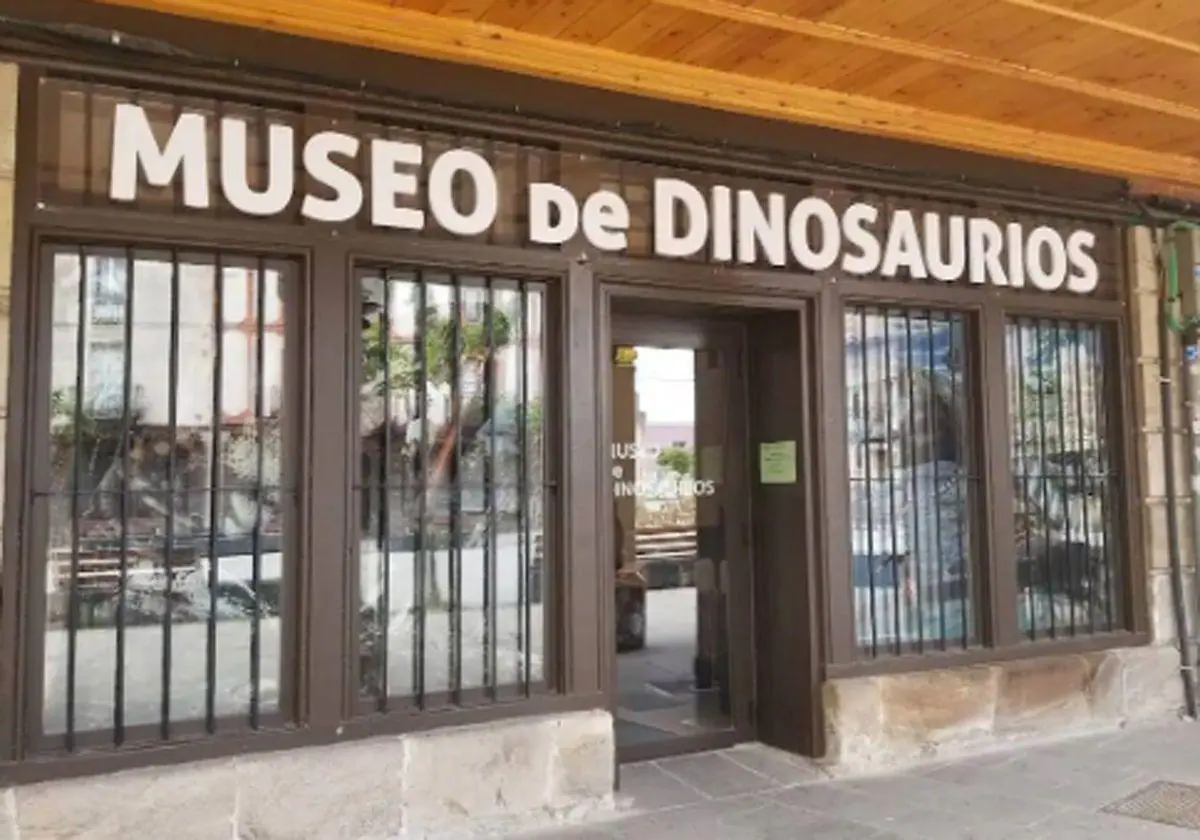Madrid 2 (European press)
Analysis of the fossil remains of an ancient relative of today’s stars and sea urchins, which provided new insights into the early evolution of a solid skeleton.
According to the article published in ‘Proceedings of the Royal Society B’, the 510-million-year-old fossil that was christened as ‘ Yorkicystis haefneri’, unlike its modern relatives, did not have a well-developed skeleton on most of its body. Arms only. This would have helped protect sensitive feeding structures.
The fact that it has a partially flaccid body distinguishes it from the rest of the edreosteroids, the extinct class to which it belongs. This class is characterized by a disc-shaped body with five arms, a central mouth, and a solid calcium carbonate skeleton that is developed throughout the body.
The absence of a skeleton in Yorkicystis is thought to represent a case of evolutionary loss, which is difficult to identify in the fossil record. The study’s lead author, Samuel Zamora, a researcher at Spain’s Institute of Geology and Mining (IGME-CSIC) and the Aragosaurus Group at the University of Zaragoza, notes that it is “a great discovery that has important implications for understanding the history of echinoderms.”
‘Yorkicystis’ represents the oldest example of echinoderms having a secondarily reduced skeleton. We were surprised to see that this happened so close to the origins of the group, over 500 million years ago.”
‘Yorkicystis’ comes from the Cambrian period, a period that spanned from about 539 to 485 million years ago. This time period was marked by a very rapid diversification of animal life, including all major groups today. This is called the Cambrian Explosion.
Study co-author Dr Imran Rahman, a senior fellow at the Natural History Museum in London, said: “One of the major innovations at this time was the evolution of a hard, metallic skeleton, which helped protect early animals from potential predators.” “The reasons yorkistis reduced her skeleton at that time are not clear, but it could have helped conserve energy for other metabolic processes,” he adds.
The study hypothesizes that genes that control skeletal formation can operate independently in the two main parts of echinoderms: the axial and extraaxial segments. Genetics of current organisms must contradict this strong hypothesis and, if confirmed, would change the current understanding of these organisms.
Name in honor of Chris Hefner
The specimen was named in honor of amateur paleontologist Chris Hefner, who discovered the specimen in a churchyard in York, Pennsylvania, while searching for more common fossils such as trilobites.
Realizing that the fossil has scientific significance, he participated in the discovery on a social network, where Samuel Zamora saw photos of the specimen. Hefner agreed to donate the specimen to science and it is now in the Natural History Museum in London, having studied in Spain.
Chris Hefner, president of the Lancaster County Fossil and Mineral Club, expressed satisfaction with the find: “I’ve been digging holes in the lawn for over four years to locate fossils in my churchyard. When I found ‘Yorkicystis’, I didn’t know how well it would fit, but I realized it was well worth it.” Keep it. 90% of the City View Church’s location is undiscovered and who knows what is still hidden there.”

:quality(70)/cloudfront-us-east-1.images.arcpublishing.com/metroworldnews/4H5RBVGFANFUVNVR6HL37XAPQA.jpg)



:quality(85)/cloudfront-us-east-1.images.arcpublishing.com/infobae/SWBSHHZKPRHB3MJN3NHPP7YB4M.jpeg)